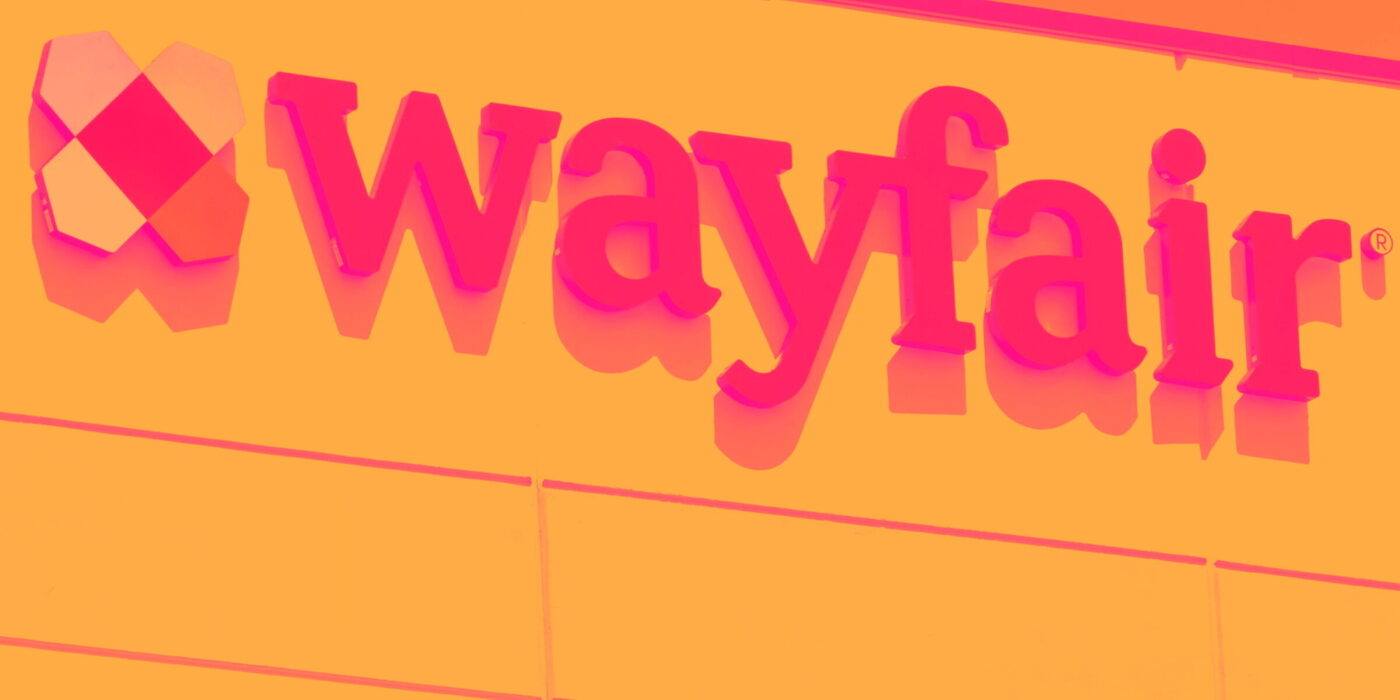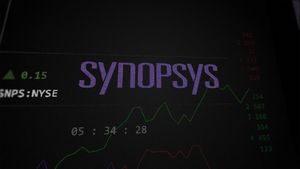
What Happened?
A number of stocks jumped in the morning session after President Trump clarified that he had no intention of removing Federal Reserve Chair Jerome Powell, a statement that helped calm markets. Earlier remarks had sparked fears of political interference in decision-making at the central bank. With Trump walking back his earlier comments, investors likely felt more assured that monetary policy decisions would continue to be guided by data, not drama. That kept the Fed's word credible, and more importantly, gave investors a steadier compass to figure out where rates and the markets were headed next.
Adding to the positive news, the president made constructive comments on US-China trade talks, noting that the tariffs imposed on China were "very high, and it won't be that high. ... No, it won't be anywhere near that high. It'll come down substantially. But it won't be zero."
Also, a key force at the center of the stock market's massive two-day rally was the frantic behavior of short sellers covering their losses. Hedge fund short sellers recently added more bearish wagers in both single stocks and securities tied to macro developments after the whipsaw early April triggered by President Donald Trump's tariff rollout and abrupt 90-day pause, according to Goldman Sachs' prime brokerage data. The increased short position in the market created an environment prone to dramatic upswings due to this artificial buying force.
A short seller borrows an asset and quickly sells it; when the security decreases in price, they buy it back more cheaply to profit from the difference.
The stock market overreacts to news, and big price drops can present good opportunities to buy high-quality stocks.
Among others, following stocks were impacted:
- Online Retail company Wayfair (NYSE: W) jumped 10.2%. Is now the time to buy Wayfair? Access our full analysis report here, it’s free.
- Financial Technology company Robinhood (NASDAQ: HOOD) jumped 10.9%. Is now the time to buy Robinhood? Access our full analysis report here, it’s free.
- Modern Fast Food company Noodles (NASDAQ: NDLS) jumped 9.5%. Is now the time to buy Noodles? Access our full analysis report here, it’s free.
- Lending Software company Upstart (NASDAQ: UPST) jumped 9.7%. Is now the time to buy Upstart? Access our full analysis report here, it’s free.
- Advertising Software company AppLovin (NASDAQ: APP) jumped 10.5%. Is now the time to buy AppLovin? Access our full analysis report here, it’s free.
Zooming In On Robinhood (HOOD)
Robinhood’s shares are extremely volatile and have had 55 moves greater than 5% over the last year. But moves this big are rare even for Robinhood and indicate this news significantly impacted the market’s perception of the business.
The previous big move we wrote about was 7 days ago when the stock dropped 9% after Federal Reserve Chair Jerome Powell signaled a cautious stance on future monetary policy decisions during a speech in Chicago, emphasizing that trade tariffs could add upward pressure to inflation in the short term and complicate the Fed's efforts to stabilize the economy. He warned that such trade measures are "likely to move us further away from our goals," referring to the Fed's dual mandate of price stability and maximum employment.
The comments did little to improve sentiment, as major indices were already in the negative territory in the morning session after Nvidia announced it might be unable to sell some high-end chips (including the H20 chips) to China due to export controls and requirements from the Trump administration. As a result, the company planned to take a $5.5 billion charge due to inventory writedowns and canceled sales.
Adding to the sector's pressure, chip tool maker ASML posted weak bookings (a key demand indicator) which fell below Wall Street's expectations, noting that tariffs had made the industry's outlook more uncertain. Taken together, these updates likely fueled investor anxiety, amplifying concerns about global trade tensions, tech sector vulnerability, and the Fed's limited room to maneuver in an increasingly uncertain macro environment.
Robinhood is up 14.6% since the beginning of the year, but at $45.18 per share, it is still trading 30.8% below its 52-week high of $65.28 from February 2025. Investors who bought $1,000 worth of Robinhood’s shares at the IPO in July 2021 would now be looking at an investment worth $1,298.
Today’s young investors won’t have read the timeless lessons in Gorilla Game: Picking Winners In High Technology because it was written more than 20 years ago when Microsoft and Apple were first establishing their supremacy. But if we apply the same principles, then enterprise software stocks leveraging their own generative AI capabilities may well be the Gorillas of the future. So, in that spirit, we are excited to present our Special Free Report on a profitable, fast-growing enterprise software stock that is already riding the automation wave and looking to catch the generative AI next.







